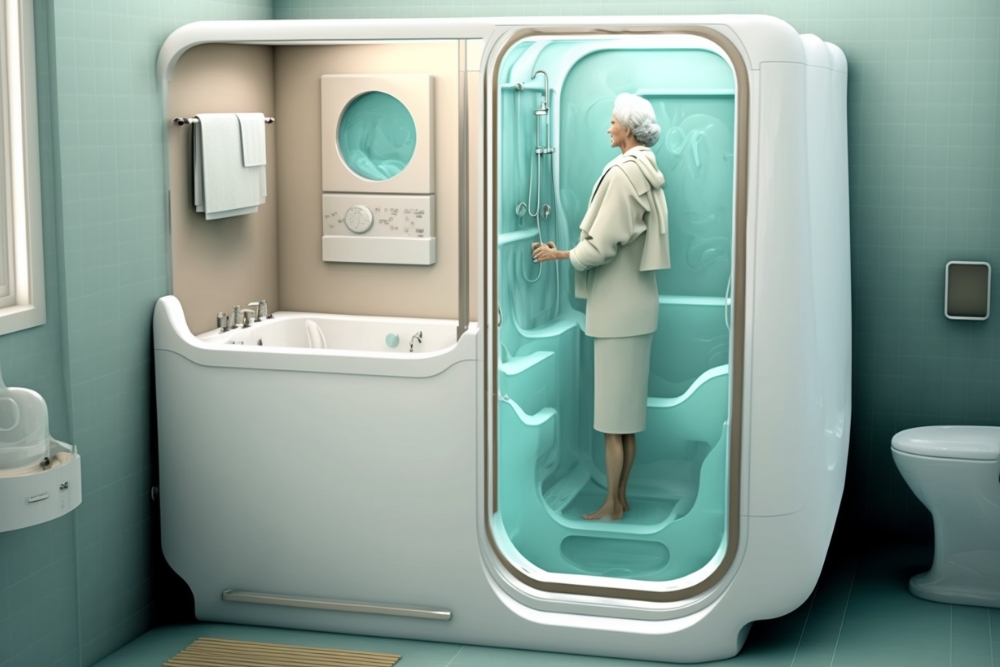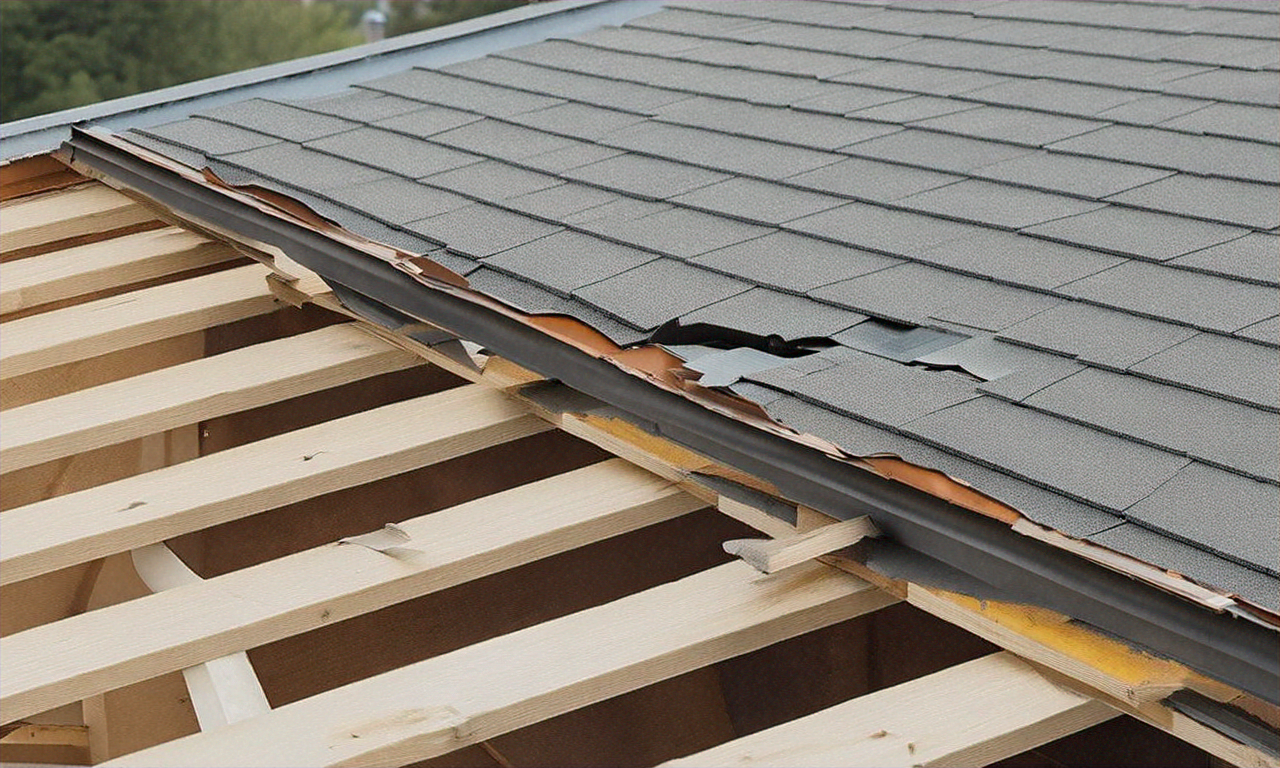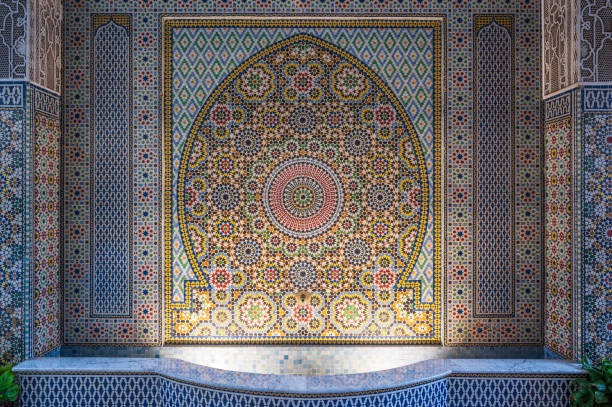Accessible Bathing: Complete Guide to Safe Bathroom Solutions
Walk-in tubs provide a safer bathing alternative for individuals with mobility challenges, seniors, and anyone seeking enhanced bathroom accessibility. These specialized bathing fixtures feature low-threshold entry doors, built-in seating, and safety grab bars, transforming traditional bathing into a more secure and comfortable experience. Understanding the various features, benefits, and considerations can help determine if a walk-in tub is the right solution for your home.

Walk-in tubs represent a significant advancement in bathroom accessibility, offering individuals with limited mobility a practical solution for maintaining independence in their daily bathing routine. These innovative fixtures combine safety features with therapeutic benefits, making them increasingly popular among homeowners seeking to age in place or accommodate family members with mobility challenges.
Safe and Accessible Bathing Solutions
The primary advantage of walk-in tubs lies in their safety-focused design. Traditional bathtubs require users to step over a high threshold, creating a fall risk for those with balance issues or mobility limitations. Walk-in tubs feature a low-threshold door, typically ranging from 3 to 7 inches high, compared to standard tub walls that can be 14 to 16 inches tall. Built-in grab bars, textured flooring, and comfortable seating further enhance safety during bathing.
Many models include additional safety features such as quick-drain technology, which can empty the tub in under two minutes, reducing the time users must remain seated in the tub after bathing. Anti-scald valves help maintain safe water temperatures, while dual drain systems prevent overflow situations.
Design Options for Comfort and Style
Modern walk-in tubs offer numerous design variations to complement different bathroom layouts and personal preferences. Soaker models provide a traditional bathing experience with deeper water levels, while compact designs fit into smaller bathroom spaces. Some manufacturers offer corner units that maximize space efficiency in tight quarters.
Aesthetic options include various colors, finishes, and door configurations. Right-hand and left-hand door openings accommodate different bathroom layouts, while inward and outward-swinging doors provide installation flexibility. Premium models may feature glass doors, decorative panels, or custom color matching to blend seamlessly with existing bathroom décor.
Seating options vary from simple molded benches to ergonomically designed chairs with lumbar support. Some models include removable or adjustable seating to accommodate users of different heights and mobility levels.
Hydrotherapy and Wellness Benefits
Many walk-in tubs incorporate hydrotherapy features that provide therapeutic benefits beyond basic bathing. Air jets create a gentle, massaging action using warm air bubbles, while water jets offer more intensive hydrotherapy similar to traditional whirlpool tubs. These features can help alleviate muscle tension, improve circulation, and provide relief from arthritis pain.
Chromotherapy lighting systems use colored LED lights to create a relaxing atmosphere, potentially supporting mood enhancement and stress reduction. Aromatherapy systems allow users to add essential oils to their bathing experience, combining the benefits of warm water immersion with therapeutic scents.
Some models include heated surfaces to maintain comfortable temperatures during longer soaking sessions, while others feature ozone sanitation systems that help keep the tub clean and hygienic between uses.
Energy-Smart and Low-Maintenance Features
Modern walk-in tubs incorporate energy-efficient technologies to minimize operational costs and environmental impact. Improved insulation helps maintain water temperature longer, reducing the need for additional hot water during extended bathing sessions. Quick-fill faucets reduce wait times and water waste, while efficient drain systems minimize cleanup time.
Maintenance considerations include easy-to-clean surfaces and accessible components for routine upkeep. Many manufacturers use non-porous materials that resist mold and mildew growth, while removable jet covers simplify cleaning procedures. Some models feature self-cleaning cycles that automatically sanitize the internal plumbing system.
| Walk-In Tub Type | Provider | Cost Estimation |
|---|---|---|
| Basic Soaker Model | Safe Step | $3,000 - $5,000 |
| Air Jet System | Kohler | $4,000 - $7,000 |
| Dual Jet (Air/Water) | American Standard | $5,000 - $9,000 |
| Premium Hydrotherapy | Jacuzzi | $7,000 - $12,000 |
Prices, rates, or cost estimates mentioned in this article are based on the latest available information but may change over time. Independent research is advised before making financial decisions.
Installation costs typically add $1,000 to $3,000 to the total project expense, depending on existing plumbing modifications required and local labor rates. Some manufacturers offer financing options or work with insurance providers for medically necessary installations.
When considering a walk-in tub, evaluate your specific mobility needs, bathroom space constraints, and desired features. Professional consultation can help determine the most suitable model and ensure proper installation for optimal safety and functionality. While the initial investment is significant, the long-term benefits of increased independence and safety often justify the expense for many homeowners.



